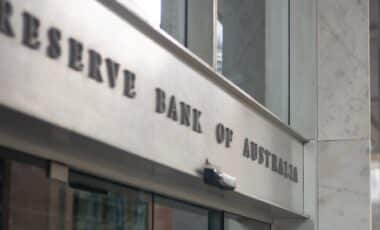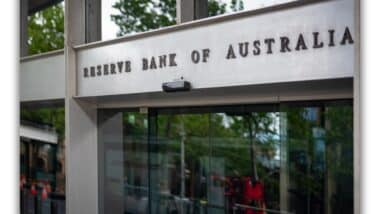A second major credit rating agency has expressed concern about Australia’s AAA sovereign credit rating, highlighting growing risks associated with rising national debt and persistent structural deficits projected over the coming decade.
These medium-term concerns follow an earlier alert issued in April by S&P Global, which warned that expansive fiscal commitments tied to the federal election campaign could undermine Australia’s long-standing top-tier status.
Sky News reported that both agencies have now focused attention on the government’s ability to maintain budget discipline amid slowing growth and record-high spending, reinforcing doubts about whether the current fiscal path is sustainable without corrective measures.
Pre-election Spending Under Scrutiny
Concerns have intensified over large-scale spending commitments made by both major political parties in the run-up to the federal election. These so-called “cash splashes to woo voters” triggered the initial warning from S&P Global, and have now drawn the attention of Fitch Ratings.
Fitch’s Director of Asian Sovereign Ratings, Jeremy Zook, noted that the AAA rating is stable in the near term, but he warned that the outlook beyond that is less certain.
When we think about the medium term, that’s where a lot of our focus will be – Mr Zook told Sky News’ Business Now.
If we see a sustained upward trend in Australia’s government debt, which is not our current baseline, but if we do see a situation where fiscal deficits remain high and growth underperforms and that adds challenges in terms of fiscal consolidation, that is where the risks could arise.
We think it’s more of a medium-term challenge that the government will be looking to address.
Medium-Term Fiscal Challenges
Australia’s national debt is projected to reach $1.2 trillion AUD within two years. Over the next five years, federal budgets are expected to run cumulative deficits totaling $180 billion AUD.
Zook indicated that structural issues could become problematic if fiscal discipline is not restored. He added that a healthy labor market is currently helping sustain revenue, but any shock to employment would be a serious concern.

The labour market remains relatively healthy, but if we do see a shock, that would add perhaps another challenge on the revenue front – he said.
Then, secondly, likely in the case of an economic shock, typically governments respond with more fiscal support for the economy. So, in a downside scenario, we could certainly see more challenge for the fiscal outlook.
S&P’s April Warning Echoes Similar Concerns
In April, S&P Global issued a similar alert. It highlighted that Australia’s AAA rating could be at risk if the outcome of the election spending results in enduring deficits and rising interest costs.
The ‘AAA’ rating on Australia may be at risk if election promises result in larger, structural deficits and debt and interest expenses rising more than we expect – the agency said in a report.
The agency emphasized that Australia’s budget is already regressing to moderate deficits. It also noted that public spending has reached post-war highs, and that the broader fiscal outlook is being undermined by global trade tensions and slower economic growth.
The budget is already regressing to moderate deficits as public spending hits post-war highs, global trade tensions intensify and growth slows.
How the elected government funds its campaign pledges and rising spending will be crucial for maintaining the rating.









